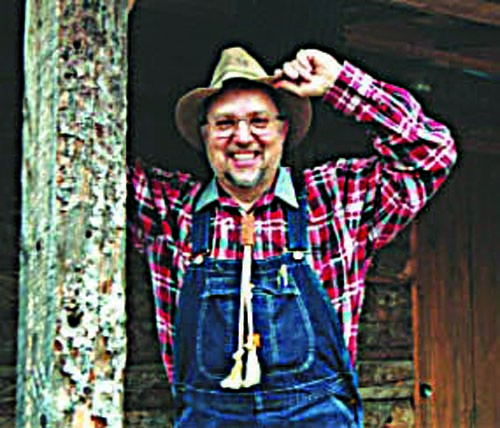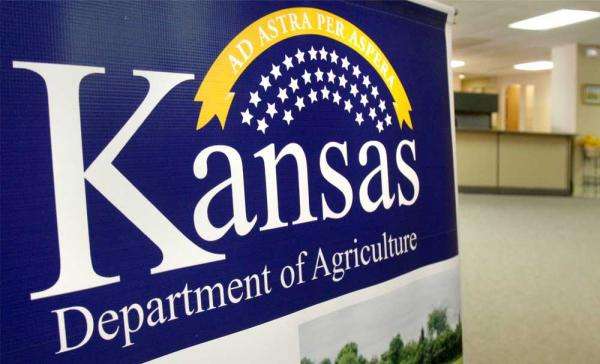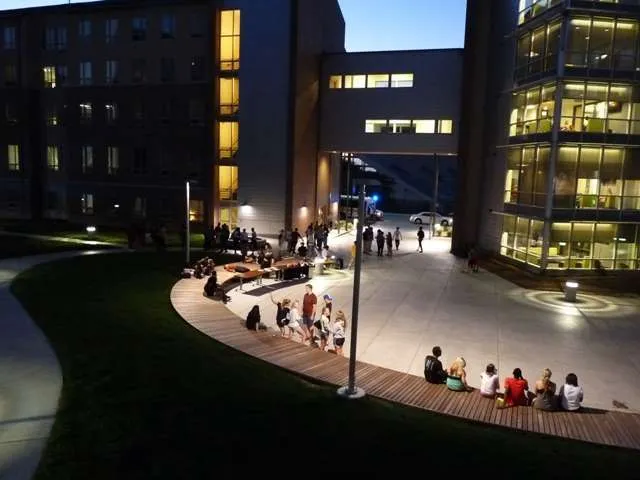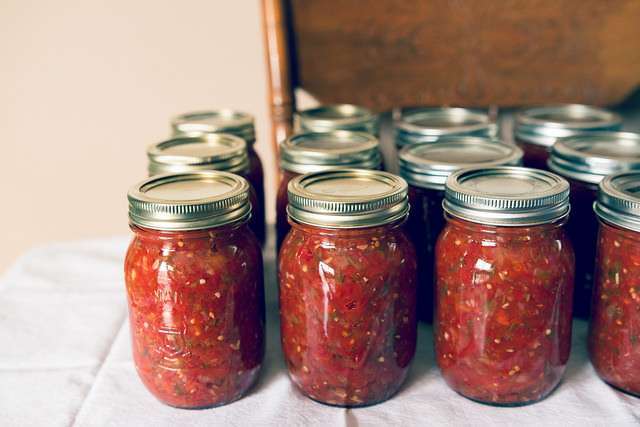ISSN: 1949-1840
Released September 4, 2014, by the National Agricultural Statistics Service
(NASS), Agricultural Statistics Board, United States Department of
Agriculture (USDA).
Broiler-Type Eggs Set in the United States Up 1 Percent
Hatcheries in the United States weekly program set 212 million eggs in
incubators during the week ending August 30, 2014, up 1 percent from a year
ago. Hatcheries in the 19 State weekly program set 204 million eggs in
incubators during the week ending August 30, 2014, up 1 percent from the
year earlier. Average hatchability for chicks hatched during the week in the
United States was 83 percent. Average hatchability is calculated by dividing
chicks hatched during the week by eggs set three weeks earlier.
Broiler-Type Chicks Placed in the United States Up Slightly
Broiler growers in the United States weekly program placed 174 million
chicks for meat production during the week ending August 30, 2014, up
slightly from a year ago. Broiler growers in the 19 State weekly program
placed 168 million chicks for meat production during the week ending August
30, 2014, up slightly from the year earlier. Cumulative placements from
December 29, 2013 through August 30, 2014 for the United States were 6.03
billion. Cumulative placements were up slightly from the same period a year
earlier.
Broiler-Type Eggs Set – 19 Selected States and United States: 2014
——————————
——————————
: Week
ending
State
:—————————–
——–
: July 26, : August 2, : August 9, :
August 16, : August 23, : August 30,
: 2014 : 2014 : 2014 :
2014 : 2014 : 2014
——————————
——————————
: 1,000
eggs
:
Alabama ………………….: 28,638 28,507 28,150
27,963 28,733 28,729
Arkansas …………………: 21,349 21,246 21,235
21,154 21,553 21,592
Delaware …………………: 4,389 4,422 4,415
4,516 4,567 4,400
Florida ………………….: 1,223 1,223 1,224
1,222 1,222 1,225
Georgia ………………….: 35,105 34,890 34,983
34,809 34,589 33,969
Kentucky …………………: 7,955 8,008 8,033
7,920 8,020 7,920
Louisiana ………………..: 3,526 3,772 3,787
3,817 3,817 3,787
Maryland …………………: 7,795 7,575 7,875
7,489 7,579 7,806
Mississippi ………………: 17,585 18,097 18,042
18,088 18,017 17,536
Missouri …………………: 8,466 8,469 8,473
8,472 8,474 8,354
:
North Carolina ……………: 21,320 20,578 20,905
21,022 21,053 20,632
Oklahoma …………………: 6,537 6,608 6,632
6,600 6,662 6,615
Pennsylvania ……………..: 4,413 4,273 4,379
4,153 4,402 4,378
South Carolina ……………: 5,122 5,159 5,257
5,497 5,166 5,123
Texas ……………………: 14,528 14,747 14,790
14,749 14,394 14,267
Virginia …………………: 6,460 6,465 6,450
6,439 6,444 6,446
California, Tennessee, :
and West Virginia ………..: 11,340 11,564 10,308
10,914 10,817 11,221
:
19 State total ……………: 205,751 205,603 204,938
204,824 205,509 204,000
Percent of previous year …..: 102 103 101
102 101 101
:
Other States ……………..: 8,101 8,135 8,192
7,932 7,841 7,710
:
United States …………….: 213,852 213,738 213,130
212,756 213,350 211,710
Percent of previous year …..: 102 103 101
102 101 101
——————————
——————————
Broiler-Type Chicks Placed – 19 Selected States and United States: 2014
——————————
——————————
: Week
ending
State
:—————————–
——–
: July 26, : August 2, : August 9, :
August 16, : August 23, : August 30,
: 2014 : 2014 : 2014 :
2014 : 2014 : 2014
——————————
——————————
: 1,000
chicks
:
Alabama ………………….: 21,410 21,957 22,083
21,368 21,133 20,810
Arkansas …………………: 19,434 19,822 19,290
19,047 19,078 19,869
Delaware …………………: 4,974 4,551 5,281
4,267 4,621 4,790
Florida ………………….: 1,322 1,271 1,286
1,299 1,534 1,300
Georgia ………………….: 25,687 27,556 26,128
28,209 27,243 27,953
Kentucky …………………: 5,903 6,156 6,159
6,614 6,413 6,642
Louisiana ………………..: 3,416 3,387 3,265
3,145 3,318 3,331
Maryland …………………: 6,072 5,653 5,925
5,955 6,336 6,332
Mississippi ………………: 14,768 14,776 14,809
14,775 15,142 15,217
Missouri …………………: 5,882 5,605 5,627
6,529 6,196 5,987
:
North Carolina ……………: 17,355 16,761 16,234
16,849 15,812 16,660
Oklahoma …………………: 4,068 4,270 5,226
4,371 4,501 4,033
Pennsylvania ……………..: 3,482 3,798 3,699
3,641 3,568 3,590
South Carolina ……………: 4,880 4,385 5,993
4,077 4,923 4,621
Texas ……………………: 11,926 11,692 11,636
11,894 11,994 11,913
Virginia …………………: 4,909 5,455 5,047
5,916 5,311 5,331
California, Tennessee, :
and West Virginia ………..: 11,387 11,291 11,254
10,859 10,925 9,548
:
19 State total ……………: 166,875 168,386 168,942
168,815 168,048 167,927
Percent of previous year …..: 99 100 102
101 102 100
:
Other States ……………..: 6,078 6,173 5,959
5,809 6,207 5,938
:
United States …………….: 172,953 174,559 174,901
174,624 174,255 173,865
Percent of previous year …..: 99 100 102
101 102 100








